
|
|
|
| synonym |
|
| description |
A brown species, with a white crown that has a thin but bold brown marginal line; there is an orange-brown transverse { shaped bar between the eyes, with the orange color fading into cream towards the posterior edge of the head. The face is brown with a bold brown line(s) below the crown margin. The pronotum is mostly orange-brown, with a central white cruciate mark. The scutellum is bicolored, with the anterior half a brownish orange color and the posterior half a yellowish-white. The wings are a mixture of brown and golden yellow, with dark brown tips and some scattered white spots; the wing venation is dark brown. Males have yellowish valve and genital plates. The female pregenital sternite is white with a posterior dark brown medial area; the margins of this sternite are relatively straight. Adult males are 4.7-5.0 mm long, while females are 5.2-6.0 mm. (Barnett 1976).
Nymphs have a somewhat distinctive color pattern, being mostly bicolored with alternating white and brown. See here for images of nymphs: 1, 2.
For more images of adults, see: BG. |
| distribution |
Found throughout much of the United States and Canada; introduced in Europe |
| abundance |
Recorded from a few counties in the Coastal Plain and mountains; probably under collected and more abundant in the right habitat. |
| seasonal_occurrence | |
| habitat |
Open woodlands and herbaceous vegetation |
| plant associates |
Common on grapes (Vitis spp.); also reported from American elm, winged elm, golden rod, cane, Cretagus, Polygonium, Salix, Juniperus virginiana, Onoclea sinsibilis, etc. (Barnett 1976) |
| behavior |
Can be attracted at night with a light. |
| comments |
This species is reported as a vector of 'Flavescence dorée', or golden flavescence, a serious disease of grapevine. (Barnett 1976) |
status |
[Native:]
[Introduced:]
[Extirpated:] | | list_type |
[Official:]
[Provisional:] |
| adult_id | Unmistakable and widely known Identifiable from good quality photos of unworn specimens
Identifiable from photos showing undersides, or other specialized views [e.g., legs, face]
Identifiable only by close inspection of structural features or by DNA analysis NULL |
| nymph_id | Unmistakable and widely known Identifiable from good quality photos, especially where associated with known host plants
Identifiable from close inspection of specimens or by DNA analysis
Identifiable only through rearing to adulthood NULL |
| G_rank |
|
| S_rank |
|
| rank_comments |
|
| tribe |
Scaphoideini |
| subgenus |
Scaphoideus |
Species Photo Gallery for Scaphoideus titanus American Grapevine Leafhopper |
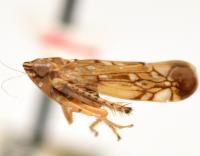 | Photo by: Kyle Kittelberger
Beaufort Co.
Comment: NCSU specimen |  | Photo by: Kyle Kittelberger
Beaufort Co.
Comment: NCSU specimen |
 | Photo by: Scott Morris
Buncombe Co.
Comment: Found on edge of unmowed, grassy area that is about .2 acres in size. This area is highly diverse in plant species, both native and invasive. | 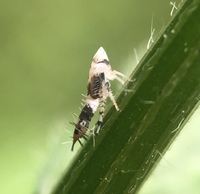 | Photo by: Scott Morris
Buncombe Co.
Comment: Found on edge of unmowed, grassy area that is about .2 acres in size. This area is highly diverse in plant species, both native and invasive. |
 | Photo by: Scott Morris
Buncombe Co.
Comment: Found on edge of unmowed, grassy area that is about .2 acres in size. This area is highly diverse in plant species, both native and invasive. | 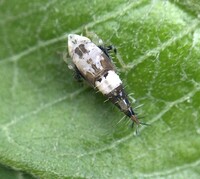 | Photo by: Ted Wilcox
Watauga Co.
Comment: unid_leafhopper |
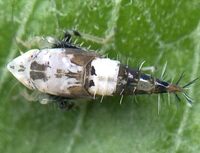 | Photo by: Ted Wilcox
Watauga Co.
Comment: | 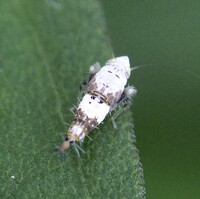 | Photo by: Ted Wilcox
Watauga Co.
Comment: unid_leafhopper |
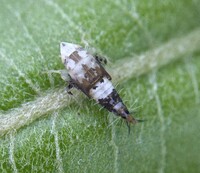 | Photo by: Ted Wilcox
Watauga Co.
Comment: unid_leafhopper | 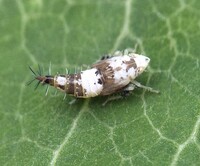 | Photo by: Ted Wilcox
Watauga Co.
Comment: unid_leafhopper |
 | Photo by: Ted Wilcox
Watauga Co.
Comment: unid_leafhopper |

 »
»

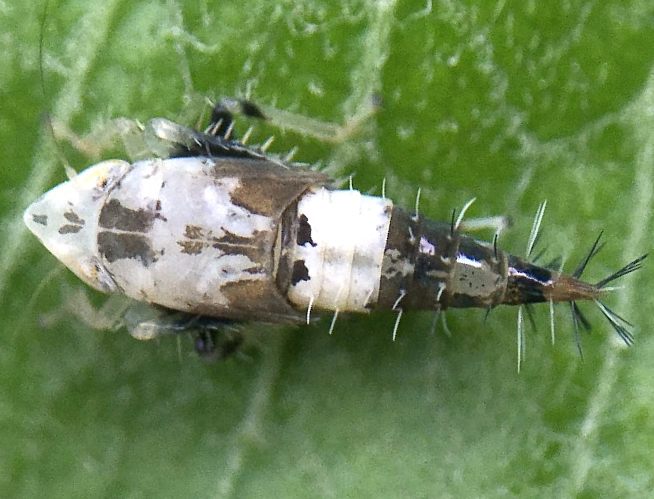


 »
»


